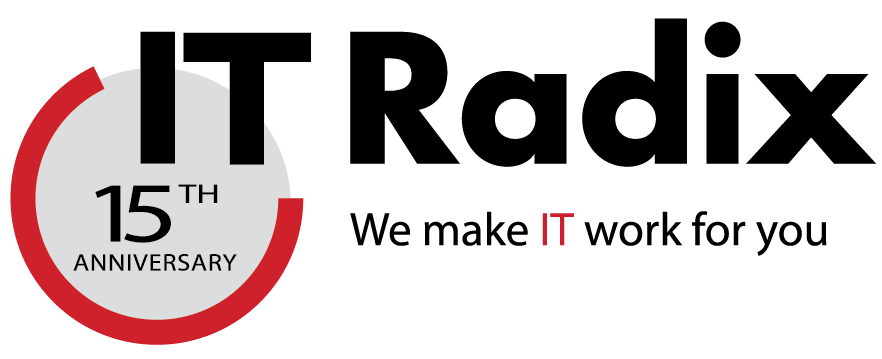Gingerbread has been around western culture since the 11th century when returning Crusaders brought spicy bread back from their travels in the Middle East. Ginger not only added a unique taste, but its unique properties also served to preserve the bread. Legend has it that Saint Gregory Makar lived in central France and somewhere around the year 992 started teaching gingerbread cooking to priests and other nearby Christians. The connection to the Christmas holidays for gingerbread houses is said to be linked to the fact that Bethlehem, Christ’s birthplace, means “house of bread” in Hebrew. Shaping gingerbread into various forms is believed to be attributed to German monks in the 13th century.
Medieval bakers started to use carved boards to create elaborate designs and thus the custom spread across Europe. Baking with ginger became an accomplished specialty open to just the most experienced who were members of professional baker guilds. Only those professionals were permitted by local ordinances to bake with ginger, except on Christmas and Easter when anyone could bake with it. In the 1800s, the German custom of making decorated gingerbread houses began; and many believe the first were renditions of the edible house from the famous “Hansel and Gretel” fairy tale written by the Brothers Grimm. From that point on, the tradition has grown and now includes a National Gingerbread House Competition, 2019 marking its 27th year. Last year’s grand prize was awarded to an entry showing Santa in his workshop, tuning up his sleigh. The house included actual working gears made from gingerbread. Imagine the planning that went into creating that prize winner!
Now is the Time for Network Planning
Speaking of planning, NOW is the time to get your network “house” in order because that is far more important than any gingerbread house, no matter how great it looks or tastes! Here are some “sweet” suggestions:
Update: If you have not yet updated any Windows 7 PCs or servers running Windows Server 2008, there is precious little time left as both go “End of Life” on January 14th. The time to upgrade is now!
Budget: We recommend that no technology hardware be in place more than 5 years. In that way, you are never too far behind the latest in technology that facilitates productivity and security. Make sure to include this in your budget.
Train: Instruct your staff on how to leverage technology to make them more productive and security minded. Think people first, then technology. Even the latest computer cannot secure you against the risk of an employee opening a suspicious email and clicking on a dangerous link. Training is your 1st line of defense.
Backup: Backing up your data is the most basic and yet most important thing to do to lower the risk of losing data—whether from a hardware failure or a theft/loss incident. Check your backup to be sure it is working.
Formalize: It is risky not to have a formal service agreement with an IT provider like IT Radix or someone on staff whose full-time responsibility is computer and network services. Information technology is more integral to organizations than ever before. Be sure to formalize this function and responsibility and adequately fund it.
Unclutter: The “server room” or “telephone closet” is too often forgotten when it comes to routine cleaning and tends to be where old stuff piles up. Time to clean it out and turn that mangled mess of cables into something professional looking.
Contact IT Radix today and let us help you plan for sweet success.
First published in our December 2019 IT Radix Resource newsletter



